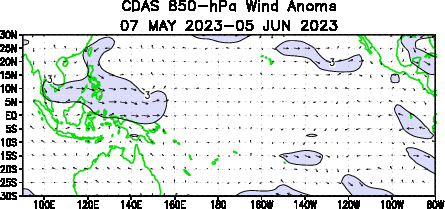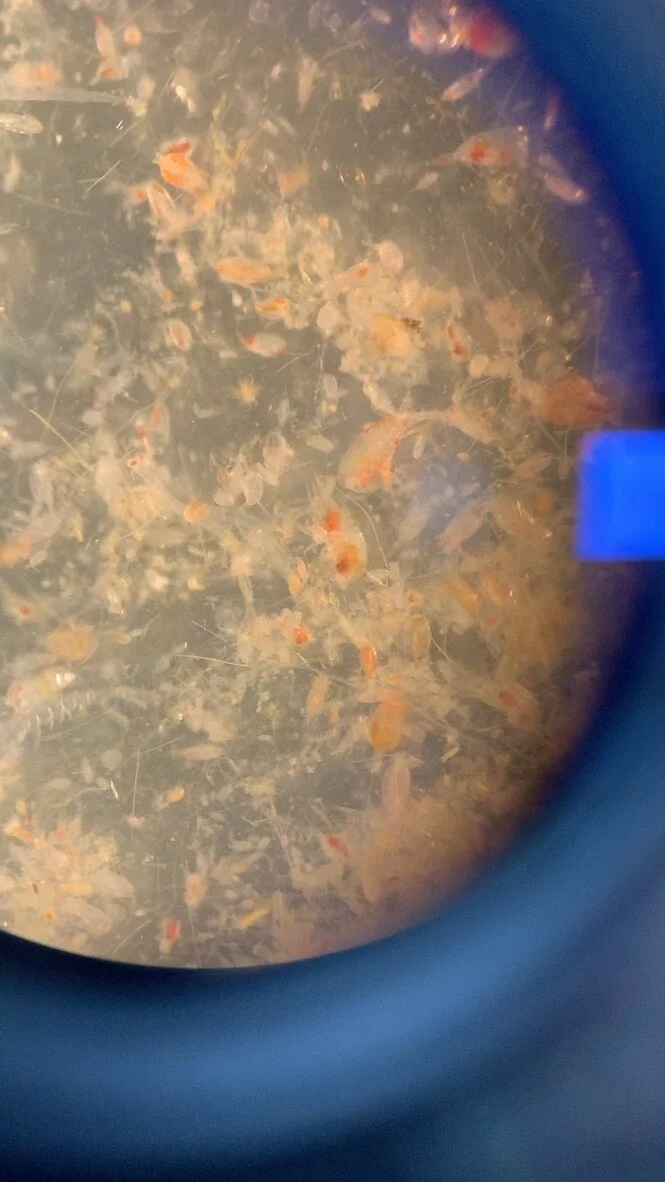2023-24 El Niño?
Several diagnostic conditions point towards a brewing El Niño event in the Pacific Ocean for the upcoming months of this year; however, this one, like many other instances of brewing El Niños in the recent past, seems somewhat unique. For one, the eastern Pacific Ocean is already warm close to the equator:
Here is how the subsurface ocean looks:
So, is this event potentially evolving from the eastern Pacific? Well, at the same time, the development of low-level westerlies over the Western Pacific Warm Pool seems to be underway as well:
It is interesting to note the hemispheric symmetry in position between the wind anomalies in the western Pacific and the warm anomaly in the eastern Pacific.
Strong ingredients, strong El Niño? Time will tell.







